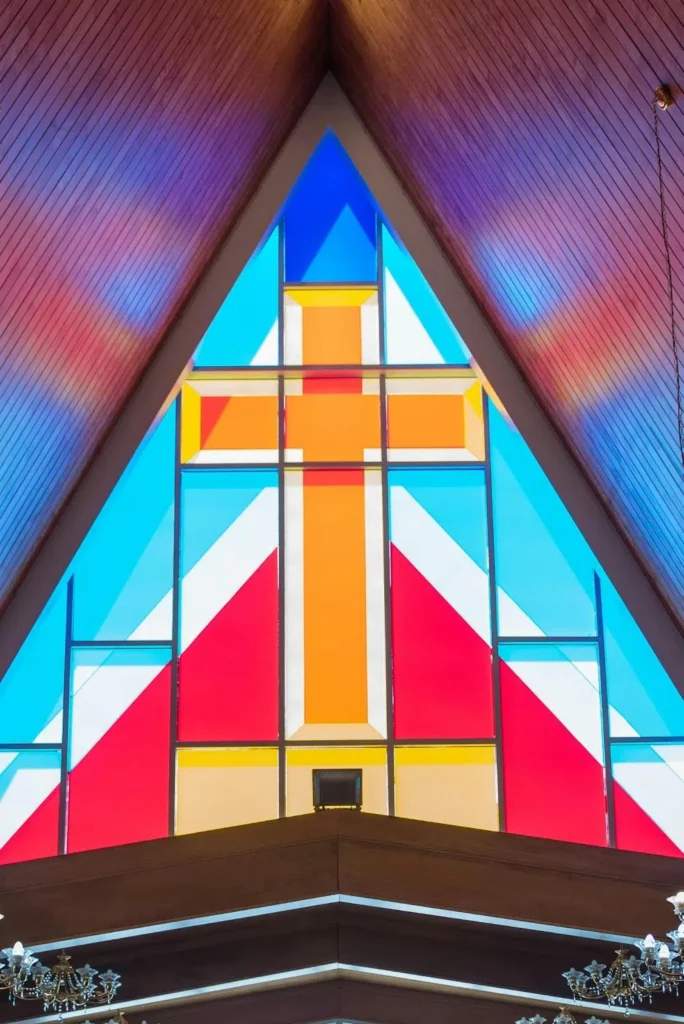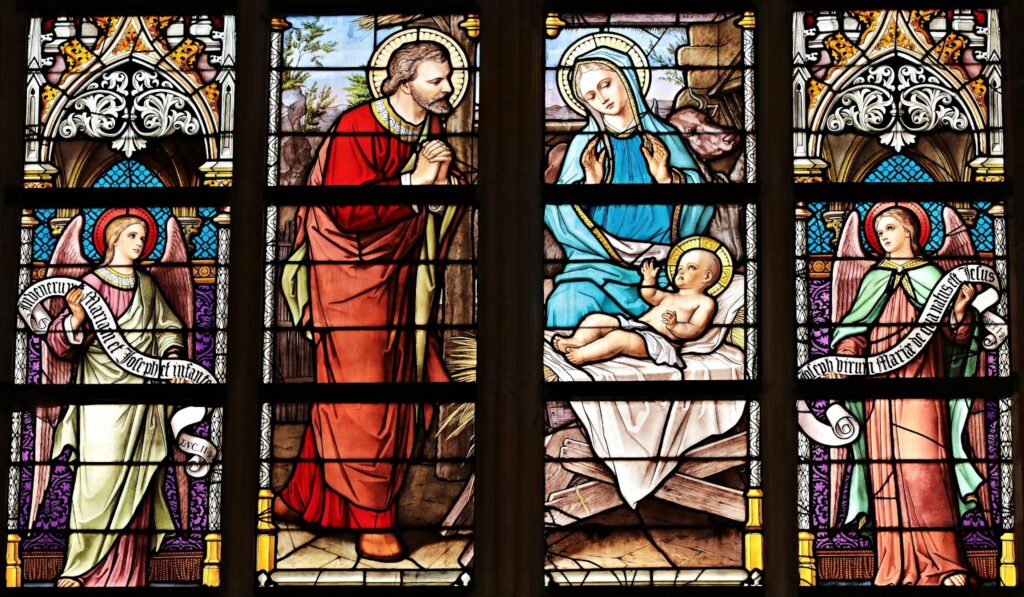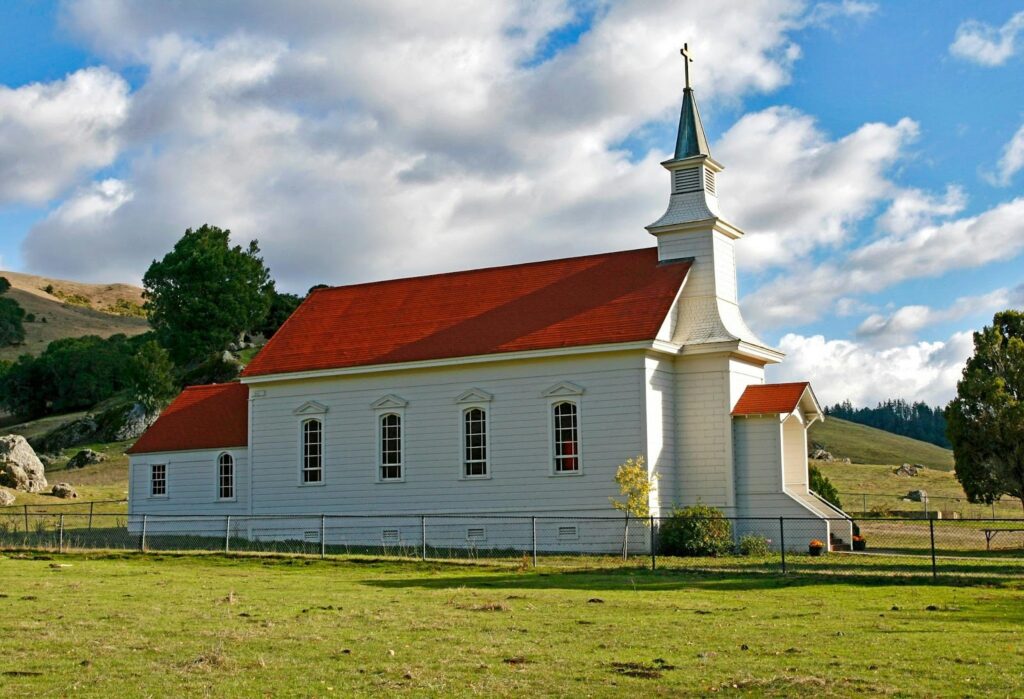Breaking down the cost of church construction helps identify the major expense categories.
By understanding the components of the total cost, you can prioritize your spending and make informed decisions to stay within the budget.
Land Acquisition and Site Preparation Costs
Acquiring suitable land for constructing a church is essential. Location plays a significant role in determining the cost of land, along with factors like accessibility and local zoning regulations.
Furthermore, site preparation costs, including excavation, utility connections, and landscaping, should be considered.
Site preparation costs for a church building project typically range from $2 to $5 per square foot. For an average church size of 20,000 square feet, this translates to approximately $40,000 to $100,000.
Architectural and Engineering Fees
Engaging architects and engineers is crucial to ensure the structural integrity and functionality of the church.
Architectural and engineering fees vary depending on the scale and complexity of the project. Fees typically range from 5% to 20% of the total construction cost.
To compare costs and services, it is advisable to seek recommendations and solicit bids from multiple professionals.
Construction Materials and Labor Costs
The choice of construction materials and quality affects the overall cost of building a church. Selecting durable materials that comply with building codes and regulations is essential.
Concurrently, labor costs for construction workers, carpenters, plumbers, electricians, and other skilled professionals should be factored into the budget.
Interior Design and Furnishing Expenses
Creating a welcoming and inspiring interior space is important for any church. Interior design and furnishing expenses encompass elements such as seating, lighting, sound systems, decorative finishes, and fixtures.
Allocating a portion of the budget for this aspect ensures a comfortable and aesthetically pleasing environment for worshipers.
Depending on the choices and materials, interior design and furnishing costs range from $200,000 to $500,000 for a typical 10,000-square-foot church. The cost can change based on various factors like design, quality, and style of furniture.
Additionally, it is important to consider other expenses that may arise during the construction process. These can include permits and fees required by local authorities, insurance costs to protect the project, and any unforeseen expenses that may arise due to unexpected circumstances.
It is always wise to have a contingency fund set aside to handle these unforeseen costs, ensuring that the project can proceed smoothly without any major financial setbacks.
Furthermore, it is worth mentioning that sustainable and energy-efficient features can also be incorporated into the design of the church.
While these features may require an initial investment, they can lead to long-term cost savings by reducing energy consumption and maintenance expenses.
Additionally, incorporating environmentally friendly practices aligns with the values of many religious organizations and can be seen as responsible stewardship of resources.
Pro tip
Church design trends are increasingly focusing on creating spaces that offer flexibility and serve multiple purposes. Hybrid worship models are gaining traction, reflecting a need to cater to both in-person and online congregations. This is leading to the design of spaces that can seamlessly accommodate diverse worship experiences.











